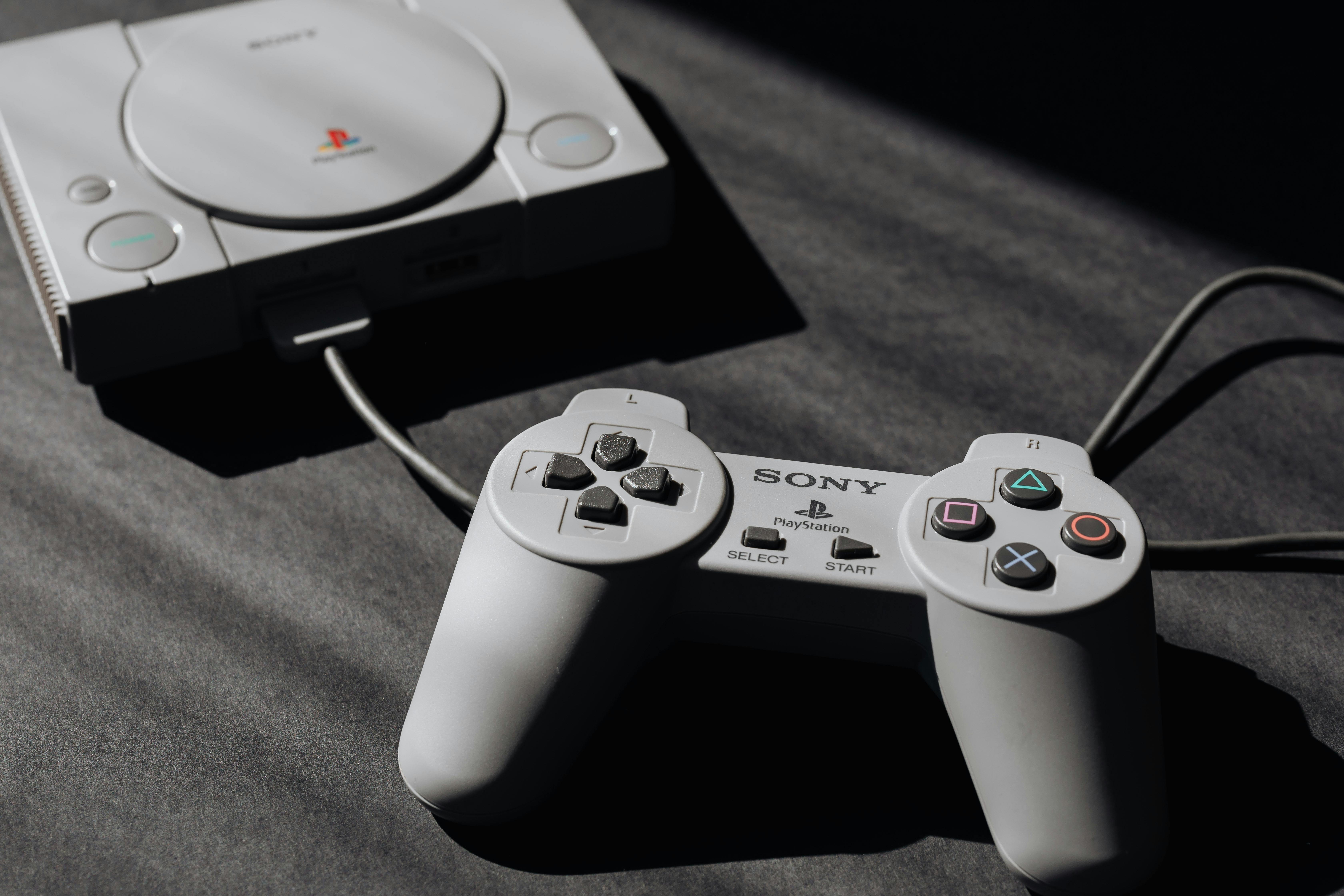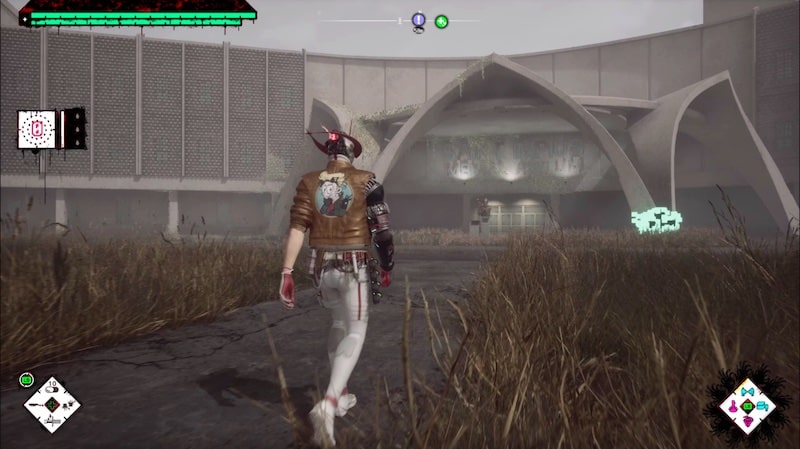How the Original PlayStation Left a Visual Imprint That Lasted

When the PlayStation first appeared in living rooms, it did more than change how games looked. It quietly rewrote expectations. The world of gaming had been content with flat screens and pixel sprites. Then came polygons and CD soundtracks, opening doors not just for depth but for imagination. The visuals became part of the story. They did not shout, but they showed players that consoles could carry worlds with texture and tone.
Alongside that shift, even casinos like Turbowins started creating games with designs that nodded to those early PlayStation classics—not pretending to replicate them, but paying tribute in lines and light and rhythm. It is curious that a console built for adventure and exploration would echo in digital slots. But it shows how that first PlayStation visual language seeped into wider design culture. Images began to carry weight beyond their screen.
The 3D Revolution That Set the Course
Before that console arrived, games often felt like paintings with moving pieces. Then there were polygonal characters and environments that suggested real space. Ridge Racer, with sleek curves and crisp corners, felt like the future, even if you were just sitting in your own front room. It showed that a home console could chase arcades and catch them, visually speaking, rather than just on billboards.
As developers embraced 3D, they found new ways to tell stories. Tomb Raider’s angles turned platforms into puzzles, Resident Evil’s corridors sent shivers through simple geometry, and Final Fantasy VII opened worlds that felt deeper than painted backdrops ever would. That shift raised a bar that hardware makers and rival platforms couldn’t ignore. It brought cinema into the home, even if the models were blocky and the shadows abrupt.
Visual Style That Went Beyond Hardware
Hardware improvements alone don’t explain what the first PlayStation did. It wasn’t technically the fastest or most powerful, but it made design work. The memory cards, the controller design, the lean shape—everything encouraged craft. Developers learned to work within limits and turn them into style. WipEout’s art direction, drawn from rave graphics and sharp lines, felt like nothing else. It was more than a game; it was an aesthetic at home in studios and galleries.
That visual sensibility wasn’t just screen deep. It spread. People designing game interfaces, posters, even venues borrowed from it. The console offered a palette—a mood piece—that others recognized and responded to. It didn’t shout. It invited attention. It gave the world something to copy, refine, and revisit, whether in advertising, music videos, or the very look of digital culture at the time.
Successors Followed the Lead
Later generations brought sharper textures and smoother frames, but they stood on what had been laid before. The PlayStation 2 was backward compatible, but more than that it confirmed that 3D wasn’t just possible—it was expected. Consumers stopped buying systems for sprite updates, they bought them for depth. And the next steps felt natural rather than forced.
Even today, when a game presents a city skyline or a character’s face, the sense of dimensionality traces its ancestry back to that first move into 3D era by Sony’s console. You see it in rendering, in lighting, in how space feels lived in rather than drawn. Without that starting point, later leaps might have landed differently, or not at all.
The Legacy Lives in Design Philosophy
That machine didn’t just introduce 3D rendering, it introduced a philosophy: visuals are part of the storytelling. Every shade of shadow or flicker of movement would carry meaning. Look at Metal Gear Solid. Its visual layers—camera angles, pre-rendered backgrounds, those looming figures moving into frame—built tension like film, not code. That became a design choice others had to reckon with.
So when modern games aim for atmosphere, their ancestors came not from raw power but these early pioneers of meaningful visual language. They learned to use space and light like actors on stage, not just polygons built on polygons. That approach became the grammar of gaming, repeated and refined but rooted in one defining moment.
Why It Still Matters
Graphics might be less of a wow these days—everyone expects high fidelity and smooth animation. The financial press notes that progress now comes in fine increments. Games like Roblox and Minecraft show that design and imagination matter more than high-powered hardware. But that first console taught us to see beyond the chip count. It taught us to read visuals as voice. It didn’t just display a game. It showed us how a game should speak.
And that is why its impact continues. Not because people marvel at polygons, but because they remember what it felt like to step from flatness into form. It mattered then, and it matters now, because it taught the medium how to look, and how to carry meaning in pixels and polygons alike.




